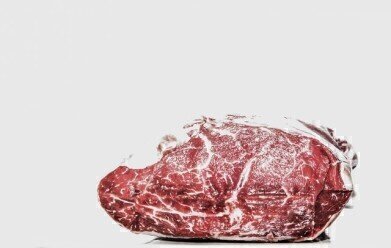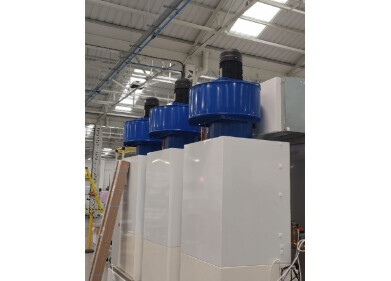Laboratory Products
Are Meat Production Plants More Susceptible to COVID Outbreaks?
Feb 12 2021
New insight from experts at the University of Warwick could help explain why food production plants appear to be more susceptible to COVID-19 outbreaks. Across the globe, abattoirs and meat processing plants have experienced mass infection, including a chicken processing site in Anglesey where more than 150 employees contracted the virus. Major outbreaks have also occurred in France, Germany, Spain and the United States.
So why are meat production plants experiencing outbreak after outbreak? According to Professor of Molecular Oncology Lawrence Young, abattoirs and meat processing plants provide the perfect environment for the virus to spread.
“Factories and, in particular, indoor areas which are cold and damp, are perfect environments for coronavirus to linger and spread," says Young. "Virus-containing droplets from infected individuals are more likely to spread, settle and stay viable."
Lack of social distancing a key driver
Another key driver could be the use of noisy machinery, which forces employees to speak with more emphasis and as a result, spread more infected droplets. Social distancing is also an issue, with experts saying the close nature of factory work makes it difficult for workers to stay two metres apart.
"When you have people standing right next to each other working heavily - because of course this is a difficult job - and breathing heavily, you have a chance for spreading virus from just one infected individual to many that are in close proximity," explains Tara Smith, professor of epidemiology at Kent State University in Ohio. "And then of course you have a chain of dominoes after that."
Close quarters a major concern
As well as the nature of the job itself, senior research fellow Michael Head says modes of transport to and from the factories play a role in driving infections. Many abattoirs and meat production companies often house employees in onsite accommodation, using buses to transport them to and from the factory.
In the United States, the Centre for Disease Control has suggested slower production lines, better PPE and physical barriers between employees could help stop the spread of the coronavirus in meat production plants. There are also concerns many workers continue to work when sick due to fear of losing income. This has prompted unions to advocate for adequate sick pay to ensure no employees lose money during self-isolation.
Despite the high levels of infection in meat production plants, the Food Standards Agency has reassured consumers the risk of catching COVID-19 from food is highly unlikely.
Want to know more about the state-of-the-art food analysis techniques used in laboratories around the world? Don’t miss ‘Food Analysis has Never Been so Challenging or Exciting’.
Digital Edition
Lab Asia 31.2 April 2024
April 2024
In This Edition Chromatography Articles - Approaches to troubleshooting an SPE method for the analysis of oligonucleotides (pt i) - High-precision liquid flow processes demand full fluidic c...
View all digital editions
Events
Apr 22 2024 Marrakech, Morroco
Making Pharmaceuticals Exhibition & Conference
Apr 23 2024 Coventry, UK
Apr 23 2024 Kintex, South Korea
Apr 23 2024 Seoul, South Korea
Apr 24 2024 Jakarta, Indonesia

.jpg)






.jpg)









